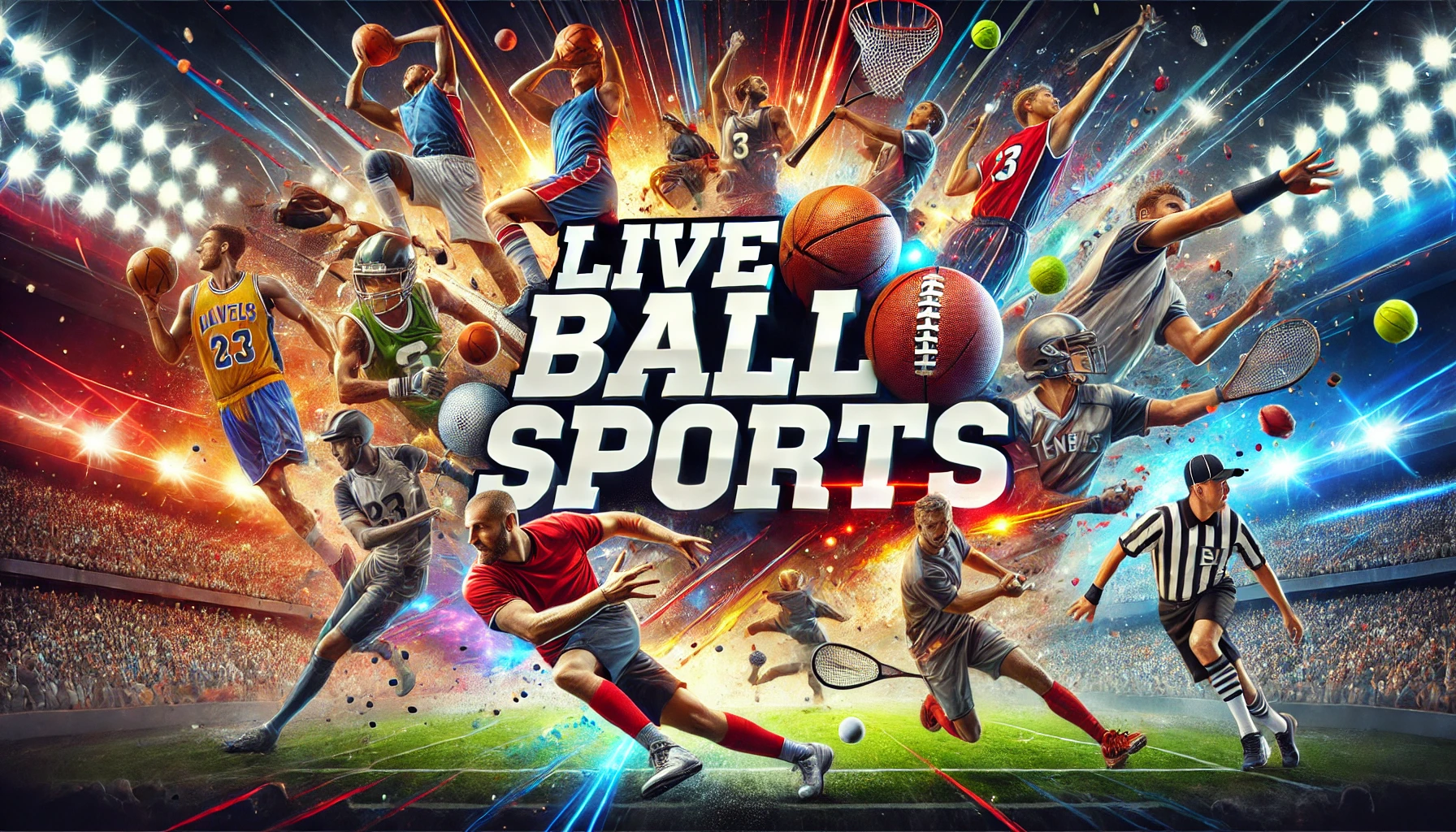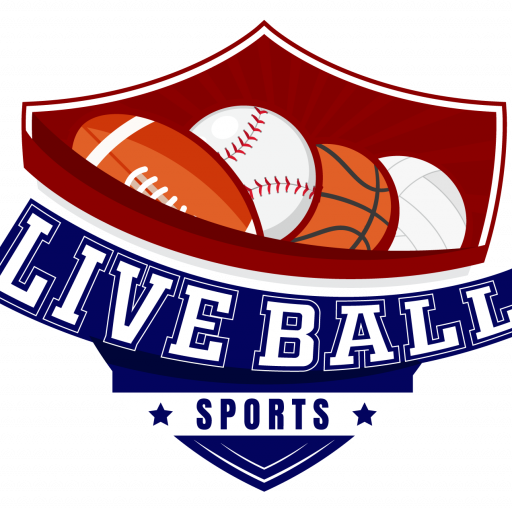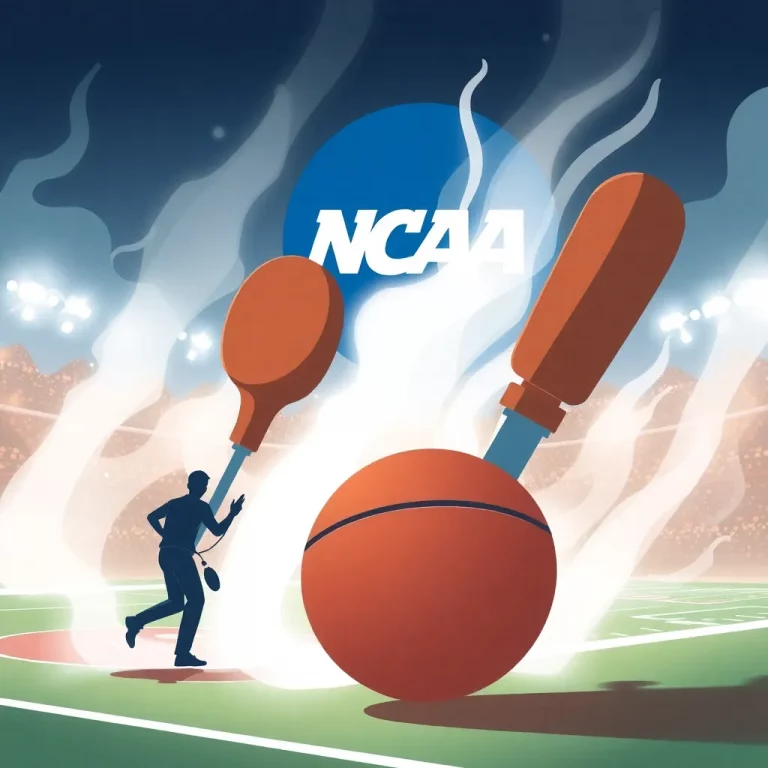San Francisco, CA – In a landmark decision, a U.S. District Court has given the green light for a major settlement that could reshape NCAA sports as we know it. On June 6, 2025, the court approved a settlement amounting to $2.8 billion that will impact every Division I school and athlete, effective July 1, 2025. The ruling emerged from consolidated lawsuits filed by former and current Division I athletes who accused the NCAA and Power 5 conferences of breaking antitrust laws by limiting athlete payments and barring them from profiting off their name, image, and likeness (NIL).
The settlement agreement includes several key features. First, former student-athletes will receive backpay distributed over the next ten years. Current athletes will also benefit, as schools can now share a portion of their athletic department revenue with these students. The exact distribution method is flexible; schools might choose to spread the funds similarly to backpay or allocate it based on individual sports’ revenue.
Another significant aspect of this agreement is the removal of scholarship caps. While colleges previously capped football scholarships to 85, the new ruling restricts football rosters to 105 players, allowing colleges to decide whether they will impose any limits on scholarships. Some have suggested this might lead to fewer walk-on athletes, while others fear that it could shrink sports programs altogether.
The settlement also introduces a monitoring system for NIL deals exceeding $600, aimed at ensuring that these agreements are fair and reflect fair-market value. This is meant to offset any unethical recruitment incentives tied to booster payments that could exploit the system. Current data indicates that a staggering 70% of booster-related deals might have been rejected under these new criteria.
However, with these financial responsibilities, schools face pressure to balance their budgets. Athletes in Power 5 conferences could earn significantly more than those in lesser-known conferences, potentially widening the gap in athletic talent.
The implications of this settlement are profound. Schools must now carefully navigate their finances and ensure compliance with new regulations, while student-athletes may find themselves facing roster cuts and increased scrutiny of their NIL earnings. As NCAA sports are set to transition dramatically by the 2025-2026 school year, both athletes and institutions will need to adapt quickly to this evolving landscape of college athletics.


